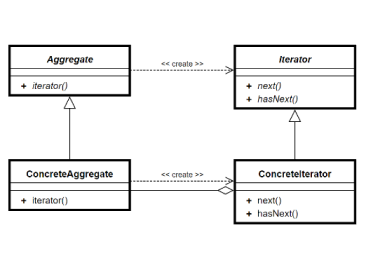Processes
Troubleshooting: An Introduction to the Art of Problem Solving
3 min read
Finding and solving problems is an inherent part of any job, especially in the dynamic world of technology and of software development. Here comes troubleshooting, an essential process that goes beyond simply identifying problems. It involves a deep analysis to understand the underlying causes, implementation of temporary solutions, if necessary, to mitigate the impact, and finally, the implementation of a definitive solution.
This article is an introduction to understanding troubleshooting, turning it from an abstract concept into an applicable skill in everyday life. Even if you are not a technology expert, the techniques and approaches presented here will help you face challenges efficiently and effectively.
Check out some strategies used for problem-solving below!
What is troubleshooting?
Troubleshooting means problem-solving and is a technique applied to correct potential failures in IT processes. It is done reactively, that is when a problem arises, one or more people initiate the practice.
If refers to the action taken when a problem occurs. However, it is necessary to pay attention to the fact that the obstacle will not always be clear and obvious to everyone.

Diagnosing the problem
The most important task when troubleshooting a problem is to identify it clearly and accurately. Detection is an important part of the troubleshooting process because it is possible to apply practices for resolution by determining the origin.
Before definitively confirming the adversity, reflect on other possible causes. After all, not everything is as it seems. Ask yourself: “could it be something different? Am I sure it’s this?” These strategies can help expedite the identification process and, consequently, the solution.
Without evidence, there is no problem
Do not assert the obstacle if there is no evidence for it. It is important that you have evidence that it exists, and also be able to visualize it in some way. Therefore, follow precise directions, such as:
- Analyze evidence
- Analyze logs and error messages
- Reproduce the problem
- Focus on resolving the production problem

Furthermore, aim at the practical problem, not at elaborate solutions. Sometimes the error lies in complications that we ourselves create, while the solution is simple and basic.
Problem XY
The concept of the XY problem lies in how people bring up the problem or ask for help. To better understand…
The X problem is the actual problem.
The Y problem is the presented problem.
Just as in human communication there are discrepancies in understanding, it is no different in identifying and understanding a problem. When we convey our understanding, we also bring along our own conclusions, which can hinder the resolution process.
To avoid unnecessary efforts and optimize time, there are some ways to keep the focus on the X problem, not the Y problem:
- Ask and clarify the specific problem, obtaining details and context.
- Encourage clear and open communication, avoiding premature solution assumptions.
- Explore and consider various alternative solutions before committing to one.
- Encourage critical thinking and deep analysis to identify the real problem behind the presented symptoms.
IT War Rooms
Known for being an alternative to critical problems, they are places where decisive teams mobilize to identify and implement quick solutions to issues in the production environment.
Intensive focus is the hallmark of this strategy, where the central idea is to gather in a physical or virtual location to understand, analyze, and resolve a problem or crisis. War rooms help centralize communication and decisions, improving efficiency and reducing response times.
Here are some tips to enhance your war rooms:
- Always show the client which actions you are pursuing.
- Speak loudly and confidently.
- Do not leave the room without notifying that you are leaving.
- When you notice too many people in the room, isolate a smaller group of only technical individuals.
- Explain what is happening by analyzing the technical knowledge of the people in the room.
- Most of the problems are not in the application, but it is always good to understand a bit of infrastructure to evaluate other possibilities.
- Do not change anything before being absolutely sure that the problem is in the application.
- Keep the camera open as much as possible.
- Have a sense of ownership of the problem because you should be the engineering pillar.
- Use formal language in the room.
- Have a debug environment ready to perform tests simulating operations in the production environment.
- Keep calm and transmit it to the other participants.
Troubleshooting is not just a concept that should stay on paper; it requires practice and replication. The more it is applied, the easier the problem-solving process becomes, ensuring a smoother production line.
Want to see more content like this? Visit our Content Hub!


